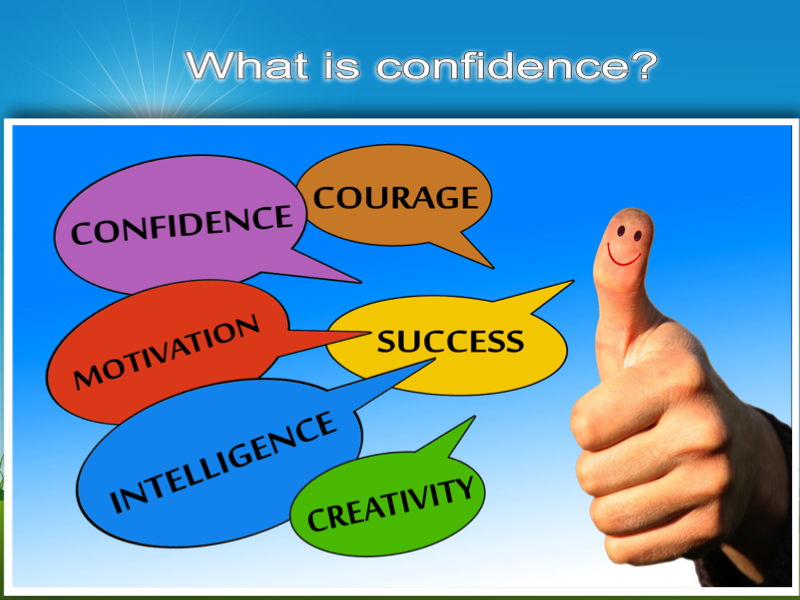Often, when we as parents are discussing how to improve students’ performance and better their interpersonal skills, the subject of “confidence” is raised.
But what exactly is confidence? And is it something that can be developed over time, or is it a finite personality trait that we either possess, or we don’t? The answer may surprise you, but confidence is something that can be developed and fostered over time.
We often hear the phrase, “She’s so naturally confident!” or, “He just works the room – look at that innate self-esteem!” Words like “naturally” and “innate” suggest that confidence is a trait that we are born with. However, findings in the growth mindset teaching methods have shown this not to be the case. Building confidence comes from changing the way we think, and has been shown to help with everything from improving test scores to increased participation to closing the gap in education.
Confidence is a very misunderstood subject, and to make it clearer we have created two categories of confidence.
Fake confidence – is created by getting compliments. This could be compliments on our good looks, our good grades or our good sports performance – basically anything about us or our achievements.
Why is this fake? Because it is based on external validation and as soon as that is taken away we no longer feel confident.
Real confidence – is built by helping children seek out challenges, teach them that setbacks are good and natural and a great way to reflect, try a new approach. This will help your child learn to overcome challenges they previously did not think they could, and that will create the experience of being able to overcome challenges on their own. This confidence of being able to deal with life and any hardship cannot simply be taken away by an external source like compliments can. That is why we call it real confidence.
How parents can boost confidence in children
Think about some things you associate with confident people. Most of us will say similar things:
- A strong handshake
- Big smile
- Eye contact
- Great communication skills
But are these really signs of confidence? Or are these things we as society have come to associate with the word? These things are superficial, but they can be representative of the qualities of a confident person, which include:
- Self acceptance
- No fear of failure
- No aversion to challenges or trying something new
- Eagerness to learn
As a parent, you can instil confidence in your children by helping them develop these traits. Some ways in which you can do this include:
- Teach your kids life is about growing and improving rather than results. Children that believe they will never be good at something, or that they only have limited skills or talent, will hide behind this belief rather than face the world head-on. By showing children how they can develop their skills, they can be come more assertive when trying new things, or when placed in new scenarios.
- Contain criticism. Rather than berate or punish children for getting something wrong, welcome the mistake as a natural part of learning. This way, children aren’t afraid of errors, which can be a big boost to their confidence.
- Help your child face illogical fears. By helping your child express and overcome their fears they will become resilient and confident in their ability to deal with life.
To read more visit positiveedgeeducation.com




